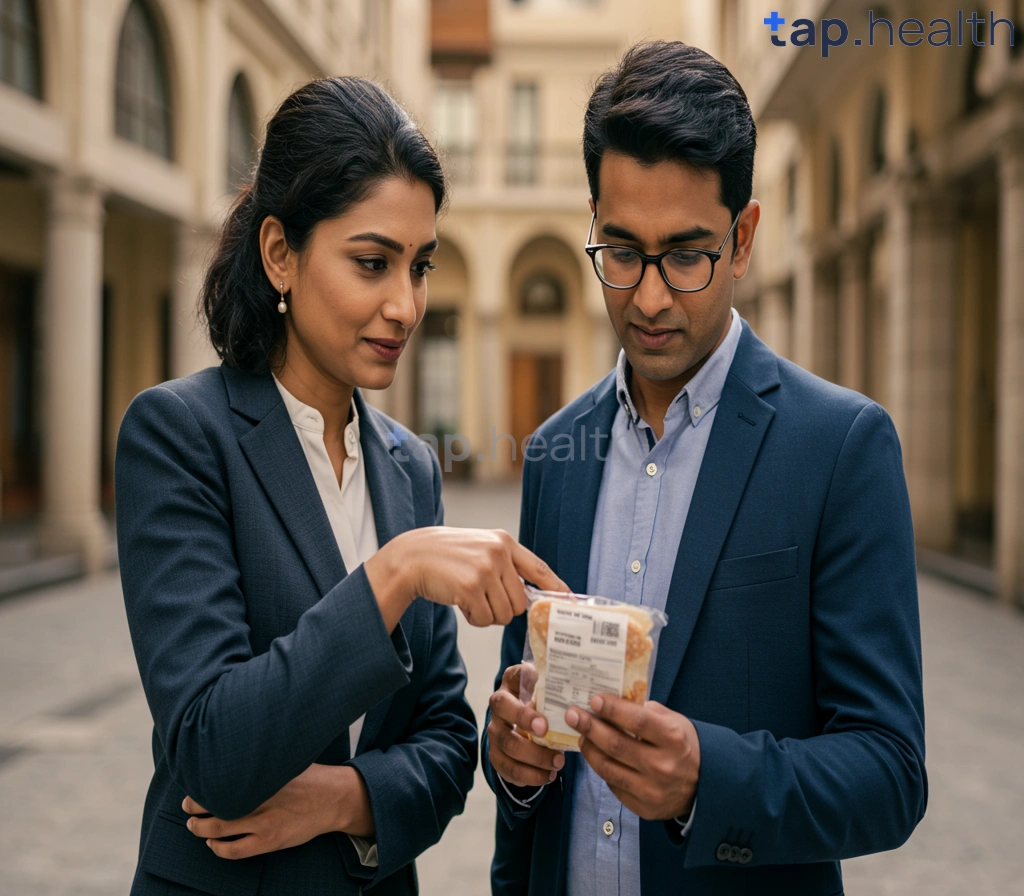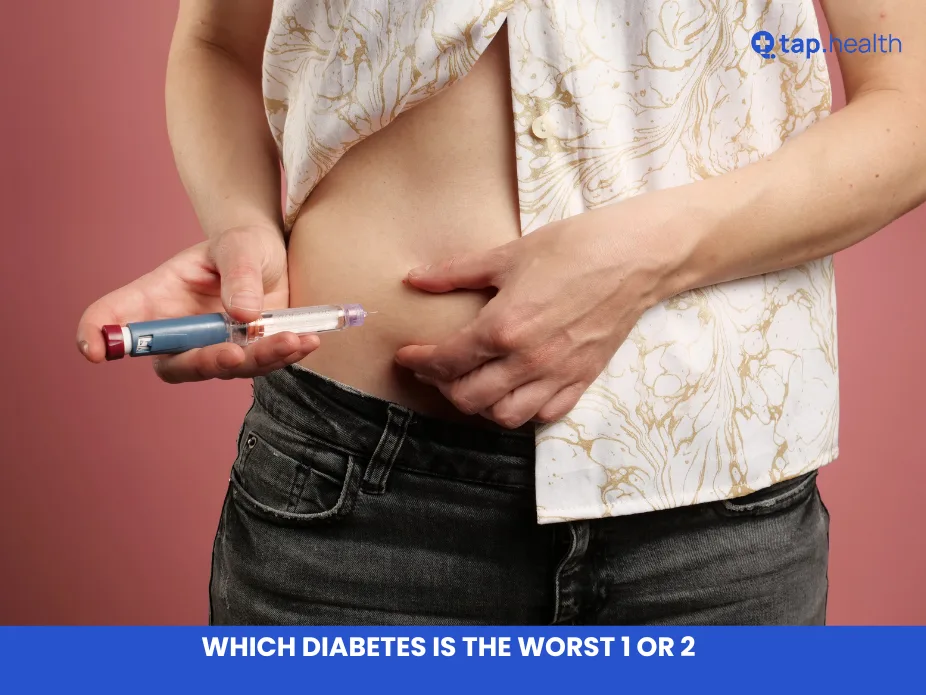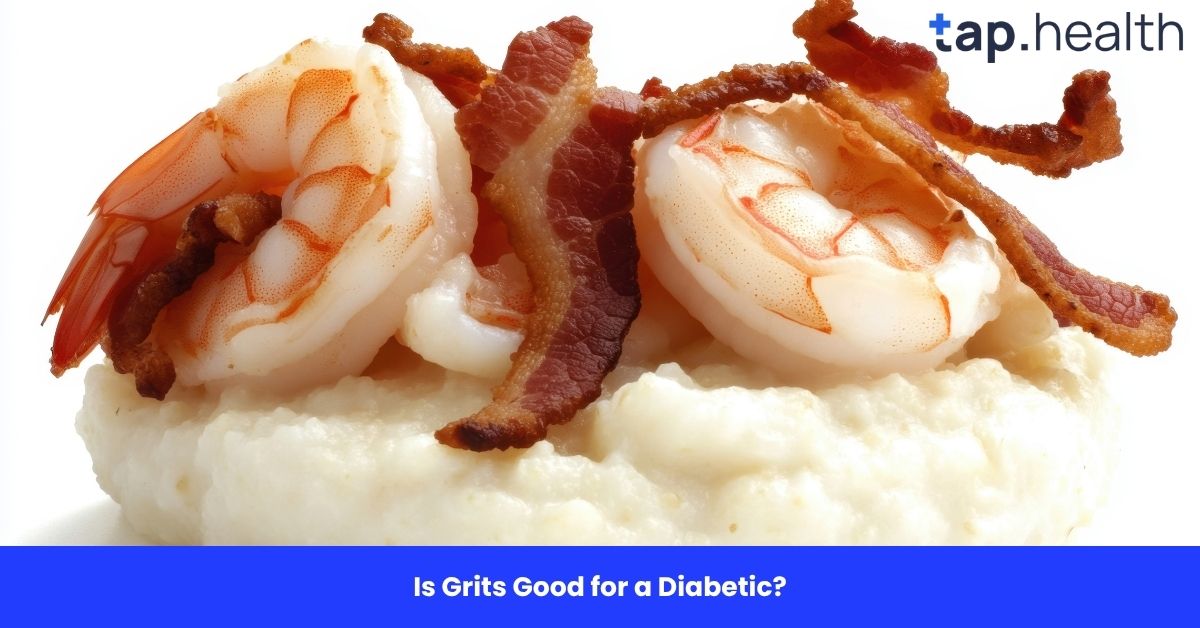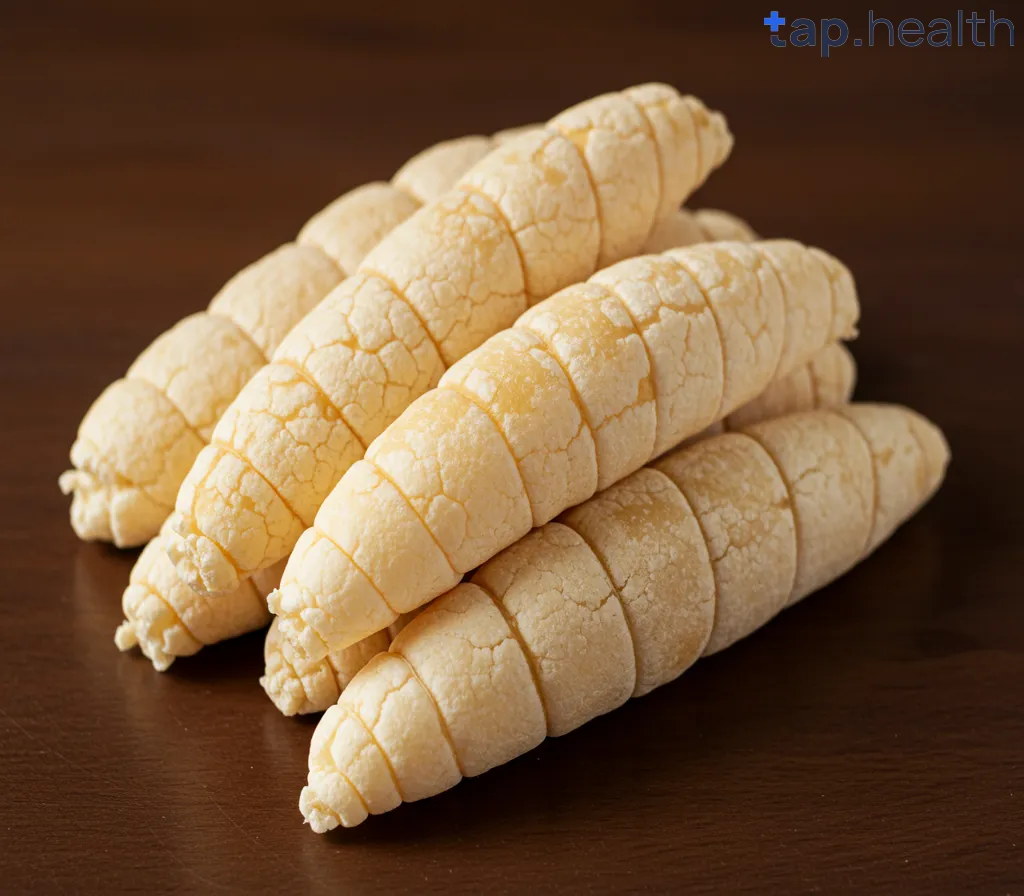When you have diabetes, managing your health involves making smarter food choices every single day. Understanding food date labels is a crucial part of that process. Whether it’s “Best Before,” “Use By,” or “Sell By,” each label offers valuable information about the food’s safety and quality. This guide will break down everything you need to know about these date labels and how they relate to maintaining a diabetes-friendly diet.
In this post, we’ll demystify those confusing food labels, giving you the tools to make better choices at the grocery store. Let’s dive in and decode food date labels for diabetes management.
Why Food Date Labels Matter for People with Diabetes
People with diabetes often need to manage their food intake carefully, as it directly affects their blood sugar levels. These labels aren’t just there for convenience—they play a vital role in food safety and quality, helping you understand how long food lasts and whether it’s safe to consume.
-
Quality Control: Diabetes-friendly foods should be fresh, free from preservatives, and as close to their natural state as possible. Understanding when to use food can help you avoid poor-quality products that could disrupt your diet.
-
Food Safety: Eating expired or spoiled foods increases the risk of foodborne illnesses. For someone with diabetes, foodborne illnesses can affect blood sugar control, so it’s essential to check food labels before you consume items.
Now, let’s break down the different types of food date labels you might come across.
Different Types of Food Date Labels: What Do They Mean?
Food date labels can be confusing. Different terms are used, each with a distinct meaning. Let’s break it down:
Best Before Date
-
Meaning: The “Best Before” date is usually found on foods that don’t spoil quickly, like dry goods, canned foods, or frozen products. This date is about the quality, not safety.
-
Impact on Diabetics: You might still be able to consume the product after this date, but its taste, texture, or nutritional value might be reduced. For diabetic-friendly foods, it’s a good idea to consume them before the “Best Before” date to get the most nutrients and avoid any decline in quality.
Use By Date
-
Meaning: The “Use By” date is critical. It indicates the last date on which the product is considered safe to eat. Foods like dairy, meat, and ready-to-eat meals will have this label.
-
Impact on Diabetics: Eating foods past the “Use By” date can increase the risk of foodborne illness, which could cause blood sugar fluctuations. Always avoid consuming food after its “Use By” date for safety.
Sell By Date
-
Meaning: The “Sell By” date is meant for retailers. It helps stores know how long they can sell the product. This date isn’t related to safety but rather to product rotation.
-
Impact on Diabetics: It’s less important for consumers but can help when you’re choosing which products to buy. If a product is near its “Sell By” date, consider buying it if you’re planning to consume it soon.
Expiration Date
-
Meaning: An expiration date usually appears on vitamins, supplements, and some medications. For food products, it’s a bit more ambiguous but often refers to the last day you should consume a product for full effectiveness or safety.
-
Impact on Diabetics: Just like with “Use By” dates, be cautious with products past the expiration date, especially with foods that affect your blood sugar levels, like energy drinks or sugar-free snacks.
Read this : Fiber’s Crucial Role in Diabetes Management: A Detailed Guide
How Do Food Date Labels Affect Diabetes Management?
For someone managing diabetes, the impact of food quality is more than just a taste preference. The food you eat can significantly affect your blood sugar levels. Here’s how food date labels come into play:
Nutrient Degradation
Over time, the nutritional value of food declines. For example, when a product is past its “Best Before” date, vitamins and minerals can break down, reducing the health benefits you expect from that food. If you have diabetes, you need to ensure you’re getting the best nutrition possible to support your blood sugar management.
-
Diabetes Tip: Focus on fresh, whole foods that are as close to their natural state as possible. Fresh vegetables, lean proteins, and whole grains are better than canned or processed options that might lose nutritional value after their dates.
Glycemic Control
The quality of carbohydrates in food also declines after their date labels, which can affect their glycemic index (GI). Older products might have a higher GI, leading to quicker spikes in blood sugar. For diabetics, this is crucial because foods with high GI can lead to difficult-to-control blood sugar spikes.
-
Diabetes Tip: Always choose foods that are fresh and haven’t passed their “Use By” dates. When in doubt, opt for foods with lower glycemic indexes, such as whole grains, legumes, and non-starchy vegetables.
How Can You Make Better Choices with Food Date Labels?
Knowing how to read food date labels will help you make more informed decisions about what to buy. Here are some tips to navigate date labels when grocery shopping:
1. Prioritize Fresh Foods
Diabetic-friendly diets often emphasize fresh vegetables, fruits, and lean meats. These products usually don’t have long shelf lives, so they will have clear “Use By” or “Best Before” dates. Always check the freshness, and don’t hesitate to buy items with a little more time left until expiration.
2. Understand the Differences Between Dates
-
“Best Before”: More about quality than safety.
-
“Use By”: Safety is paramount here, especially for perishable foods.
-
“Sell By”: A guideline for stores, not for consumers.
-
Expiration Date: Often seen on supplements and vitamins, don’t consume past the expiration date for safety reasons.
3. Store Food Properly
Once you purchase items with date labels, ensure that you store them in the correct conditions. If you’re nearing the “Use By” date for perishable items, freeze them to extend shelf life. Proper storage is key to maximizing food longevity and nutritional value.
Can You Eat Food After the Date on the Label?
This is one of the most common questions. The short answer is: it depends.
-
Best Before: Foods can still be consumed after this date, but you may notice a reduction in quality.
-
Use By: Foods past this date should be discarded for safety reasons, especially those with high perishable content like dairy and meat.
-
Sell By: It’s more of a store inventory guide than a safety rule. Products may still be okay after the “Sell By” date if stored properly.
-
Expiration Date: Expired food should be avoided. It could lose its nutritional effectiveness or potentially cause harm if consumed.
For someone with diabetes, it’s essential to be extra cautious. Foods that are past their date labels, especially “Use By” or “Expiration” dates, should be avoided, as consuming them can affect your health and blood sugar control.
FAQs About Food Date Labels and Diabetes
What is the difference between “Use By” and “Best Before” dates?
-
“Use By” refers to the last date a food should be consumed for safety reasons, while “Best Before” is about quality. Foods past the “Best Before” date may not be as fresh but are typically still safe to eat.
How can expired food affect my blood sugar levels?
Expired food may lose its nutritional value, including fiber and vitamins, which help stabilize blood sugar levels. If the food contains more sugar after its expiration date, it could cause a spike in your blood sugar.
Can I eat food with a “Sell By” date?
Yes, you can eat food with a “Sell By” date after purchasing it. However, you should make sure to consume it before the “Use By” or “Expiration Date” to ensure its safety and quality.
How can I tell if food is still good after its date label?
Check for signs like changes in smell, texture, or color. If the food looks or smells off, it’s best to avoid eating it. Additionally, store food properly to maximize freshness, especially if you’re nearing the expiration dates.
How should I store food to make it last longer?
Always store food according to the instructions on the packaging. Refrigerate perishable items promptly, and freeze those that are nearing their “Use By” or “Best Before” dates. Proper storage is key to maintaining food quality.
Conclusion: Be Label-Wise for a Diabetes-Friendly Lifestyle
Reading and understanding food date labels is an important skill for anyone managing diabetes. By knowing the difference between the various types of date labels, you’ll be able to make smarter, safer food choices that help maintain your health and blood sugar levels. Always aim to consume food before its “Use By” date for the best quality, and don’t hesitate to store foods properly or freeze them to extend their shelf life.
By decoding food date labels, you’re not just avoiding food waste—you’re making better choices for your diabetes-friendly diet and overall well-being.



